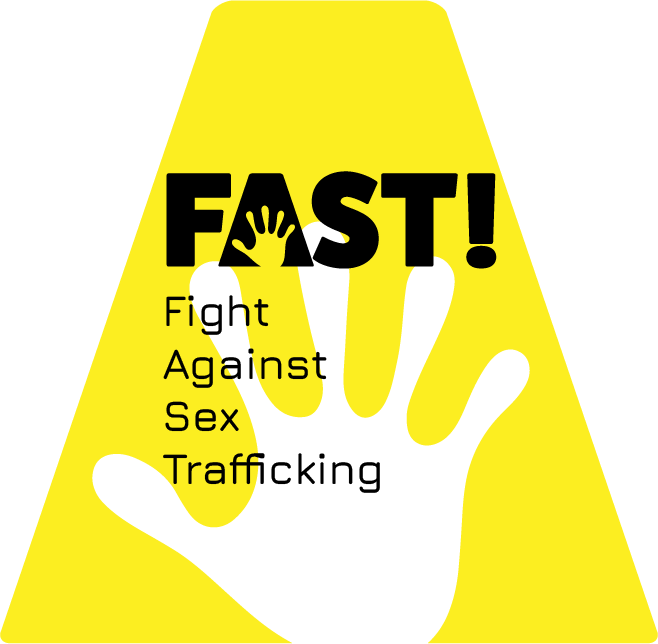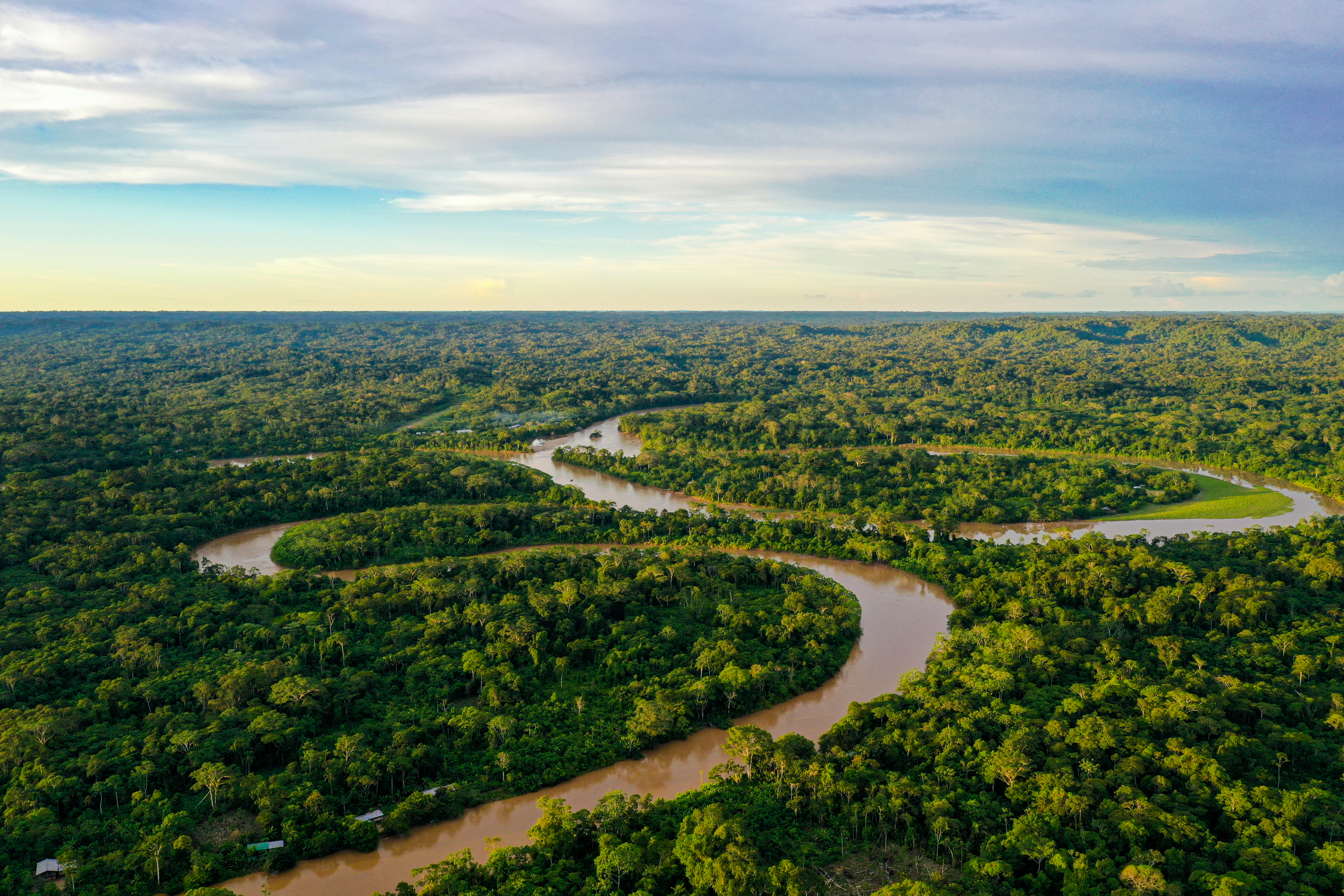Human Trafficking in the Amazon Rainforest. Over the past five decades, nearly one-fifth of the Brazilian Amazon has succumbed to deforestation, driven by the ruthless pursuit of agricultural and livestock expansion. Yet, beneath the felled trees and vanishing landscapes lies a parallel crisis—one that often remains unseen but is equally urgent: human trafficking.
Every day, more than 1 million people in Brazil find themselves in conditions of modern slavery. Many are trapped in isolated labor camps, hidden within the remote expanses of the rainforest. These individuals, predominantly men, endure grueling conditions as they log and burn trees in charcoal ovens, exposed to smoke, extreme temperatures, and harmful chemicals. The exploitation not only robs them of their freedom but also endangers their health, with respiratory diseases rampant among those forced into this illicit labor.
Human Trafficking in the Amazon Rainforest
Brazil started a collaboration with the Stanford Human Trafficking Data Lab. This interdisciplinary team, led by Grant Miller, a professor of health policy and development economist, is employing cutting-edge technologies like artificial intelligence to detect instances of labor trafficking that often elude traditional investigative methods.
The partnership’s mission extends beyond mere detection. Miller emphasizes the importance of supporting the health and welfare of survivors, recognizing that anti-trafficking efforts must be holistic in their approach. By building an AI database, the Stanford Human Trafficking Data Lab aims to expedite the identification of these illegal camps, enabling Brazilian authorities to intervene more effectively and protect those at risk.
Through this collaboration, Brazil and the Stanford Human Trafficking Data Lab are pioneering an innovative approach to address the hidden human cost of deforestation and exploitation in one of the world’s most critical ecosystems. Read the full article here.



